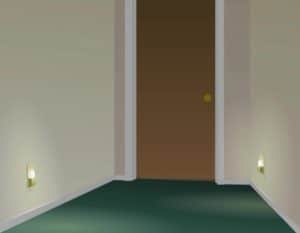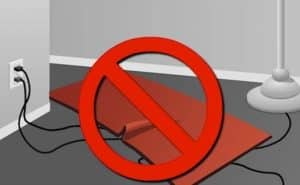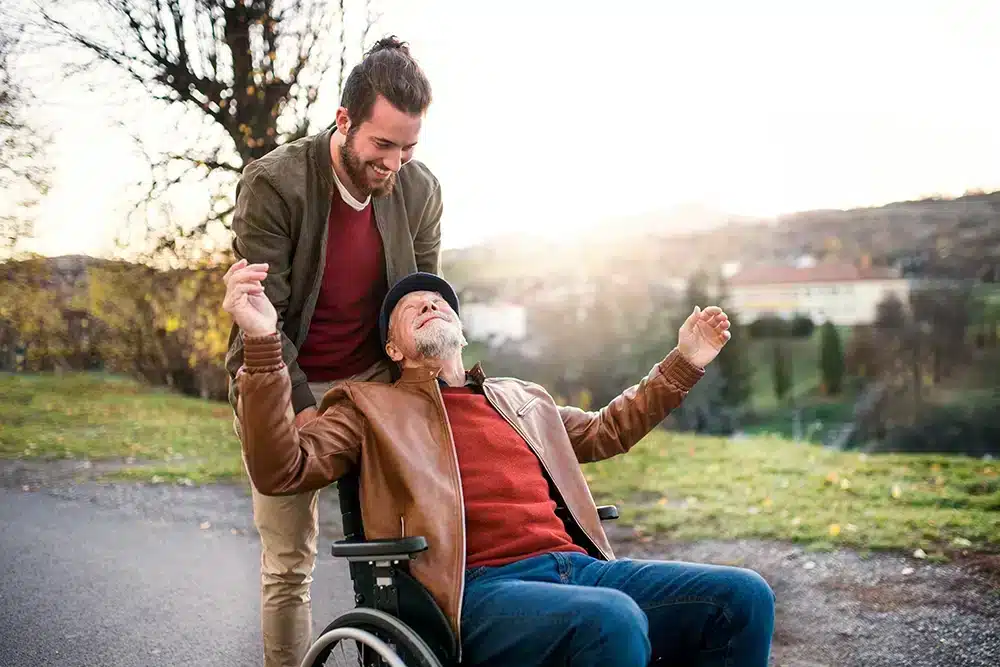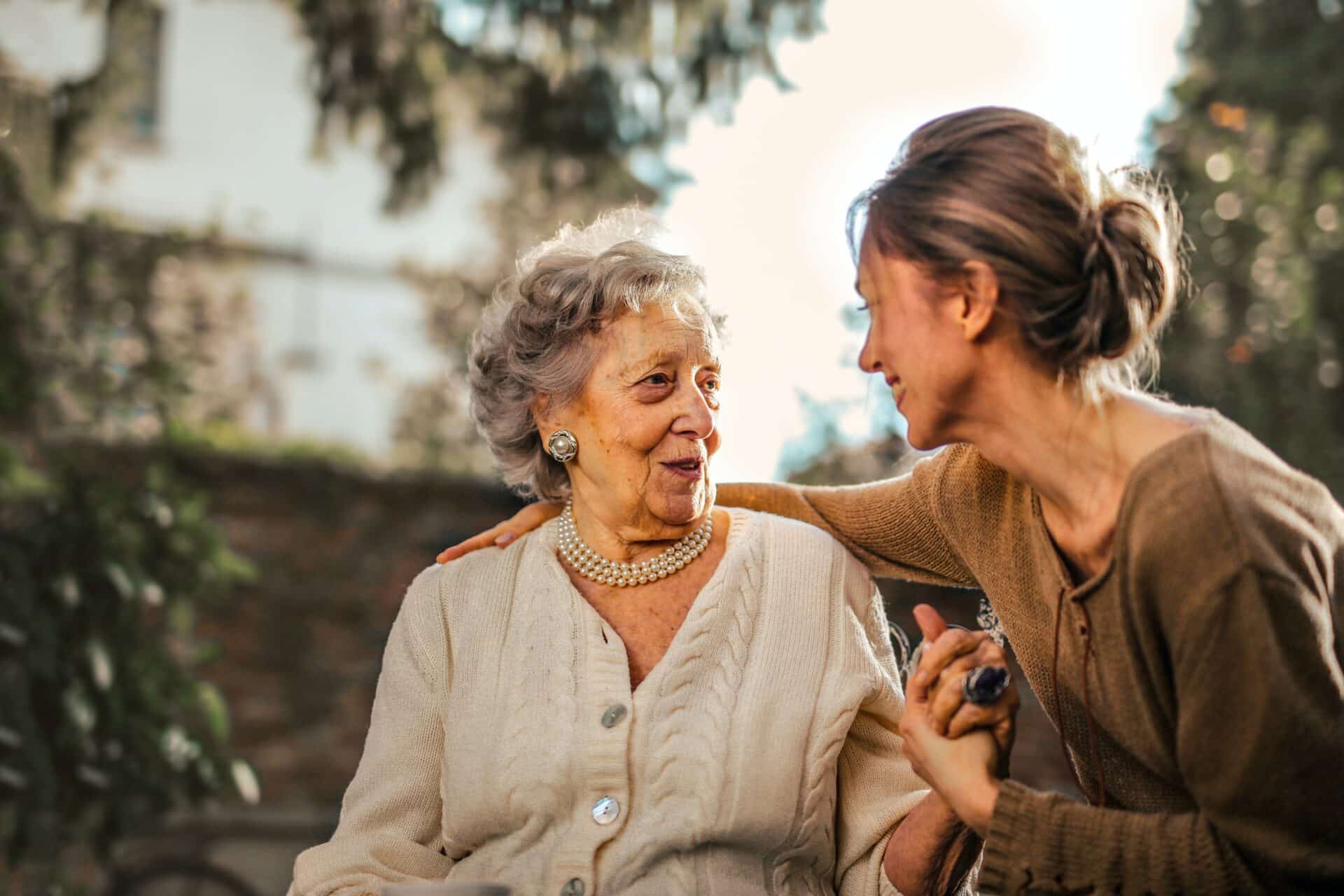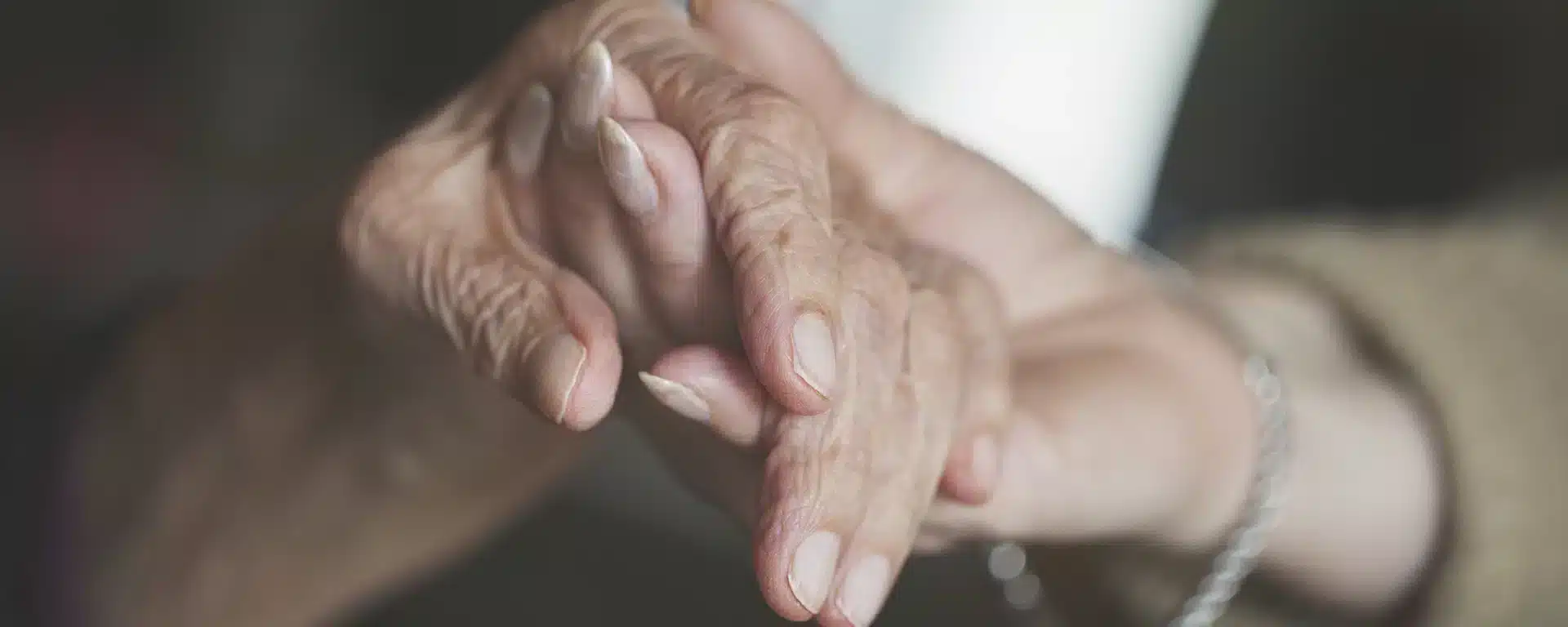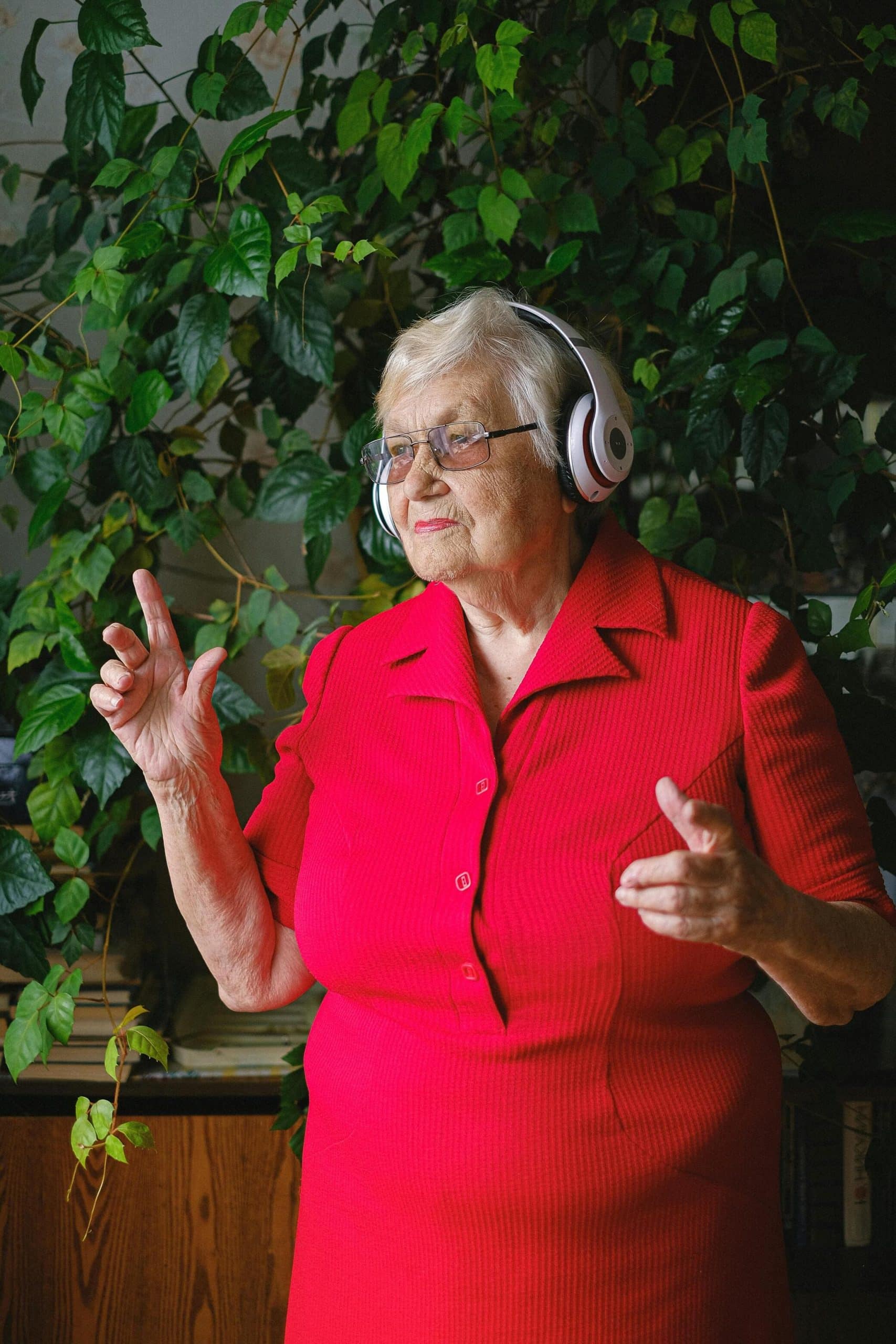A Daughter’s Guide: 7 Keys to Preventing Falls and Making Home Safer for Your Aging Parent
You know that feeling in the pit of your stomach when your phone rings late at night? That was me last year when my mom called at 11 PM. She’d tripped getting up from her favorite armchair – thankfully, just a bruise this time. But it was my wake-up call.
Like many of you reading this, I found myself lying awake at night worrying about my aging parent’s safety. After that incident, I dove headfirst into learning everything I could about preventing falls (okay, maybe I went a little overboard – my poor mom’s house looked like a safety equipment store exploded in it at first! 😅). But through trial and error (and my mom’s patient feedback), I’ve learned what really works.
Today, I’m sharing the seven most effective changes that helped my mom stay safe at home – and gave me back my peace of mind. If you’re worried about your parent’s safety, pour yourself a cup of coffee, and let’s talk about practical solutions that actually work.
Why This Matters More Than We Want to Think About
Before we dive in, here’s something that stopped me in my tracks during my research: one in three adults over 65 falls each year. I don’t know about you, but when I think about my mom’s weekly bridge club, that statistic suddenly becomes very real. It means one of those four lovely ladies who’ve been part of my life since childhood is likely to fall this year.
But here’s the good news – we can dramatically reduce this risk. As daughters, we have the power to help prevent these falls. And no, it doesn’t mean bubble-wrapping our parents’ entire house (though I’ll admit, I briefly considered it! 🛁).
Key 1: Bathroom Safety – Where Most Falls Happen
Remember when we were teenagers, and our parents wouldn’t let us leave the house without a jacket?
Well, now it’s our turn to be the protective ones. The bathroom, unfortunately, is like that friend who seems nice but is actually a troublemaker – it’s the number one place for falls in the home.
What Actually Worked in Mom’s Bathroom:
- The Toilet Situation
- Installed a raised toilet seat with handles (Mom actually thanked me for this one!)
- Added a sturdy grab bar next to the toilet (they make pretty ones now)
- Removed the mat in front of the toilet
- Shower Solutions
After catching Mom doing what she called her “bathroom ballet” (holding onto nothing but a towel rack 😱), we made these changes:
-
- Installed decorative grab bars for her to hold when getting in and out of the shower
- Added a shower chair (she resisted at first but now loves it)
- Put in a handheld showerhead to shower when seated
- Added non-slip mats inside AND outside the shower
💡 *Pro Tip: Take a picture of the bathroom before you start making changes. You’ll be amazed at how many hazards you spot in a photo that you might miss in person.*
Key 2: Strategic Lighting – Because You Can’t Stay Safe If You Can’t See
“I can see just fine!” Mom insisted. Then I noticed her squinting to read her medicine bottles and practically feeling her way to the bathroom at night. Lighting changes made some of the biggest differences in her safety.
Game-Changing Lighting Solutions:
- Motion-Sensor Magic
- Task Lighting Where It Matters
- Under-cabinet lights in the kitchen
- Reading lamp by her favorite chair
- Bedside lamp with a touch sensor
- Extra light in her closet
- Natural Light Optimization
- Adjusted curtains for better daytime light
- Added anti-glare window films
- Cleaned windows (amazing how much difference this made!)
💡 *Pro Tip: Test all lighting at night. What seems bright enough during the day might not cut it after dark.*
Key 3: Safe Mobility Paths – Creating Clear Routes Throughout the Home
Remember playing “The Floor is Lava” as kids? We basically created the opposite – super safe pathways throughout Mom’s house. No lava here!
Clear Path Checklist:
- The Great Decluttering
- Furniture Positioning
- Arranged furniture to create clear walking paths
- Made sure chairs and sofas were stable for support
- Added non-slip pads under furniture legs
- Created rest spots along longer walking routes
- Flooring Fixes
- Repaired any uneven flooring
- Added non-slip treatments to wooden floors
- Secured carpet edges
- Marked slight changes in floor height
Key 4: Bedroom Setup – Beyond Just a Good Night’s Sleep
Those middle-of-the-night bathroom trips were my biggest worry. After finding Mom’s slippers in three different places one morning, I knew we needed a better system.
What Made the Biggest Impact:
- The Perfect Bed Height
Here’s what I learned: Mom should be able to sit on the edge of her bed with her feet flat on the floor and knees bent almost to 90 degrees. We:
-
- Added risers to her too-low bed
- Ensured the mattress was firm enough on the edge so she doesn’t slide off
- Placed non-slip mats on both sides of the bed
- Nightstand Essentials
Created a “command center” within easy reach:
-
- Phone (with large buttons and speed dial)
- Easy-touch lamp
- Water bottle
- Any necessary medications
- Tissues
- Clear Path to Bathroom
- Removed all obstacles
- Added “runway lights” (motion sensors)
- Installed a small night light with a soft glow
- Put grab bars along the wall of the hallway
💡 *Pro Tip: Spend a night in your parent’s room. You’ll quickly discover what needs fixing when you’re stumbling around at 2 AM!*
Key 5: Kitchen Independence – Keeping the Heart of the Home Safe
Let me tell you about the Great Step Stool Battle of 2023. Mom insisted she needed her rickety old step stool to reach her favorite serving dish. After finding her balanced on one foot at the top of it (cue daughter heart attack), we had to get creative.
Smart Kitchen Solutions:
- The Lower Cabinet Revolution
- Installed pull-out drawers in deep cabinets
- Added a lazy Susan in corner cabinets
- Moved everyday items to easy-reach shelves (between waist and shoulder height)
- Organized items by frequency of use
- Counter Culture
- Created dedicated spots for frequently used appliances
- Added anti-fatigue mats at cooking and prep areas
- Ensured adequate task lighting
- Removed items that caused clutter
- Smart Storage Solutions
- Replaced heavy cookware with lighter options
- Added hooks for commonly used utensils
- Installed a pull-down shelf for higher cabinets
- Created a “cooking zone” with everything needed within reach
💡 *Pro Tip: Watch your parent cook a meal – you’ll quickly spot what needs to be rearranged for better safety and efficiency.*
Key 6: Support Solutions – Installing Help Where It’s Needed Most
This is where style meets safety. Trust me, grab bars and handrails have come a long way from that institutional look that made Mom say, “I’m not living in a hospital!”
Strategic Support Placement:
- Bathroom Supports
- Replaced the towel bar with a 2-in-1 Towel Bar grab bar
- Toilet paper dispenser that is also a grab bar
- Corner shower caddy that doubles as a grip support
- Shower chair in a style Mom actually likes
- Hallway Heroes
- Handrails on both sides of hallways
- Sturdy chair placed halfway for rest stops
- Wall-mounted supports that look like chair rails
- Living Room Assistance
- Furniture arranged to provide continuous support
- Favorite chair with higher seat height and sturdy armrests
- Will consider a floor-to-ceiling pole at Mom’s chair when she needs it
💡 *Pro Tip: Test all supports by putting your full weight on them – if you’re nervous about doing this, they’re not secure enough!*
Key 7: Emergency Response Planning – Because Sometimes Things Still Happen
This is the key that helps us both sleep better at night. It’s not just about preventing falls – it’s about knowing exactly what to do if one happens.
The “Just in Case” Plan:
- Emergency Response System
- Wearable alert button with fall detection (we found one that looks like jewelry!)
- Smart home system
- Strategically placed phones
- Emergency numbers on speed dial
- Communication Setup
- Created a family contact list
- Set up a daily check-in system
- Installed a video doorbell
- Created a medication list and schedule
- Quick Response Kit
In an easy-to-reach place, we keep:
-
- List of current medications
- Important medical information
- Copy of insurance cards
- Emergency contacts
- House key for trusted neighbors
- Practice Makes Perfect
We regularly:
-
- Test all alert systems
- Update emergency contacts
- Review the response plan
- Practice using emergency features
💡 *Pro Tip: Create a simple one-page emergency info sheet and put it on the refrigerator. First responders know to look there!*
Putting It All Together
Remember, you don’t have to do everything at once. Start with the changes that will make the biggest difference for your parent’s specific situation. For us, it was bathroom safety first, then lighting, then one room at a time.
Your Next Steps:
- Start with a safety assessment, grab your Free Home Safety Checklist For Fall Prevention
- Prioritize changes based on your parent’s specific needs
- Make one change at a time
- Involve your parent in decisions
- Test and adjust as needed
Remember, you’re not alone in this journey.




